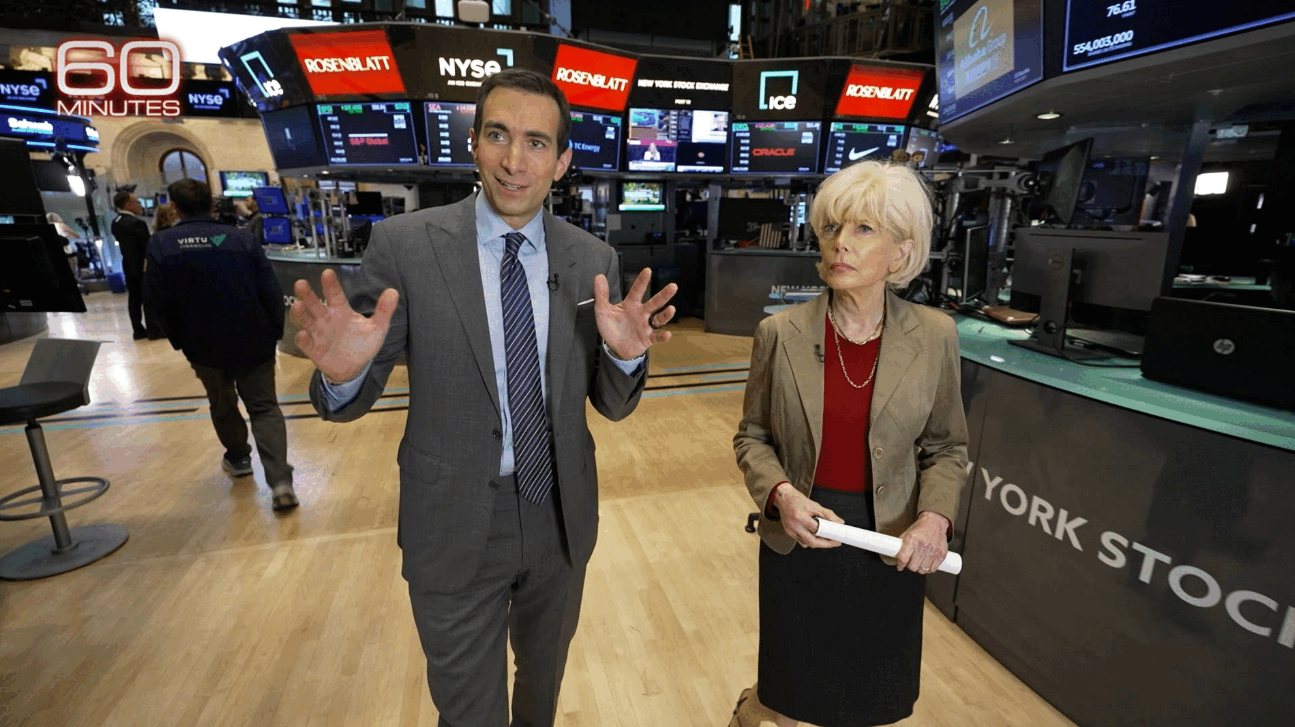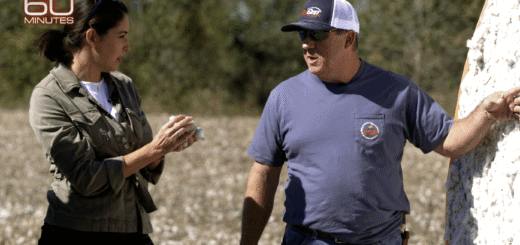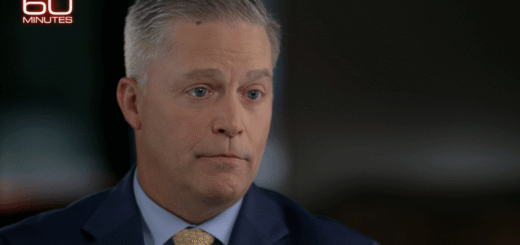Booms, Busts and Bubbles: 60 Minutes Explores the Risks in Today’s Financial Markets

CBS’s 60 Minutes is set to air an upcoming segment titled Booms, Busts and Bubbles on Sunday, October 12, 2025, immediately following NFL football. Correspondent Lesley Stahl leads the report, examining the U.S. financial markets amid record-breaking highs, investor optimism, and growing concerns about the potential for a new economic bubble driven in part by artificial intelligence and technology investments. The segment features a detailed conversation with journalist and author Andrew Ross Sorkin about his new book, 1929, which revisits the causes and consequences of the stock market crash a century ago.
The segment promises to provide viewers with a historical lens on today’s financial environment. By connecting lessons from the past with contemporary market trends, the report aims to offer insight into how economic behaviors, policy decisions, and technological disruptions may converge to create both opportunities and risks. Stahl’s reporting is expected to blend expert analysis with accessible explanations, helping audiences understand complex financial issues in a clear and compelling way.
- 60 Minutes Reports on “The China Hack”, “Booms, Busts and Bubbles” & “The Road to Damascus” October 12 2025
- The China Hack: 60 Minutes Explores America’s Growing Cybersecurity Threat
- The Road to Damascus: 60 Minutes Interviews Syria’s New President
Understanding Market Booms and Busts
Booms, Busts and Bubbles begins by framing the current financial climate in historical context. U.S. stock markets have reached record highs, fueled by rapid technological innovation, investor enthusiasm, and low interest rates. While optimism abounds, Stahl emphasizes the importance of examining underlying market dynamics to determine whether these gains are sustainable.
The segment highlights how investor behavior, speculation, and broader economic trends can mirror patterns from previous market cycles. By drawing parallels to the financial climate leading up to the 1929 crash, the reporting provides insight into warning signs that may be present in today’s markets. Viewers can expect a discussion of both systemic risks and the psychological factors that drive investment decisions, illustrating how bubbles form and why they can be difficult to predict.
An Exclusive Conversation with Andrew Ross Sorkin
A focal point of the segment is Lesley Stahl’s interview with Andrew Ross Sorkin, one of the most respected financial journalists of his generation. Sorkin’s book, 1929, delves into the historical market crash and its far-reaching impact on the global economy. In the conversation, he examines the lessons from the past and offers perspective on whether similar conditions exist today.
Sorkin provides analysis of the factors that contributed to the 1929 collapse, including unchecked speculation, regulatory shortcomings, and economic imbalances. He draws connections to modern trends, such as AI-driven investing and tech sector valuations, offering a nuanced understanding of potential vulnerabilities. Stahl guides the discussion to explore not only economic theory but also practical implications for individual investors, policymakers, and the broader public.
Identifying Contemporary Risks
The segment also investigates specific areas where financial risks may be concentrated. Analysts point to sectors with rapid growth, inflated valuations, or emerging technologies that may lack long-term stability. Stahl’s reporting examines how AI and other disruptive innovations could both drive profits and introduce volatility, creating conditions reminiscent of historical bubbles.
Through examples and expert commentary, the segment explains how modern financial instruments, leverage, and interconnected markets can amplify risks. It also considers the role of regulatory frameworks and how oversight—or the lack thereof—can affect market stability. By analyzing both macroeconomic factors and industry-specific trends, viewers gain a clearer picture of the pressures shaping today’s financial landscape.
Lessons from History for Today’s Markets
Booms, Busts and Bubbles concludes by emphasizing the importance of historical perspective in understanding contemporary financial risks. Sorkin stresses that while history does not repeat itself exactly, it often rhymes, and patterns of greed, speculation, and overconfidence can reemerge under the right conditions. Stahl’s reporting highlights how vigilance, informed decision-making, and awareness of past mistakes can help mitigate potential crises.
The segment ultimately serves as both a warning and a guide. It encourages viewers to consider the balance between opportunity and caution, particularly in a market environment shaped by technological change and global interconnectedness. CBS’s reporting combines storytelling, expert insight, and analysis to ensure that audiences walk away with a deeper understanding of how booms, busts, and bubbles can affect the economy and individual investors alike.
More 60 Minutes October 12 2025
- 60 Minutes Reports on “The China Hack”, “Booms, Busts and Bubbles” & “The Road to Damascus” October 12 2025
- The China Hack: 60 Minutes Explores America’s Growing Cybersecurity Threat
- Booms, Busts and Bubbles: 60 Minutes Explores the Risks in Today’s Financial Markets
- The Road to Damascus: 60 Minutes Interviews Syria’s New President
More Feature Articles
- “The Prince, The Whiz Kid & The Millionaire”: Dateline Reports on Clifford Lambert Homicide October 10 2025
- “Life on the Line”: 20/20 Reports on Denise Amber Lee Case October 10 2025
- “A Death in the Stairwell”: 48 Hours Investigates the Alison Davis Case October 11 2025
- 60 Minutes Reports on “The China Hack”, “Booms, Busts and Bubbles” & “The Road to Damascus” October 12 2025







